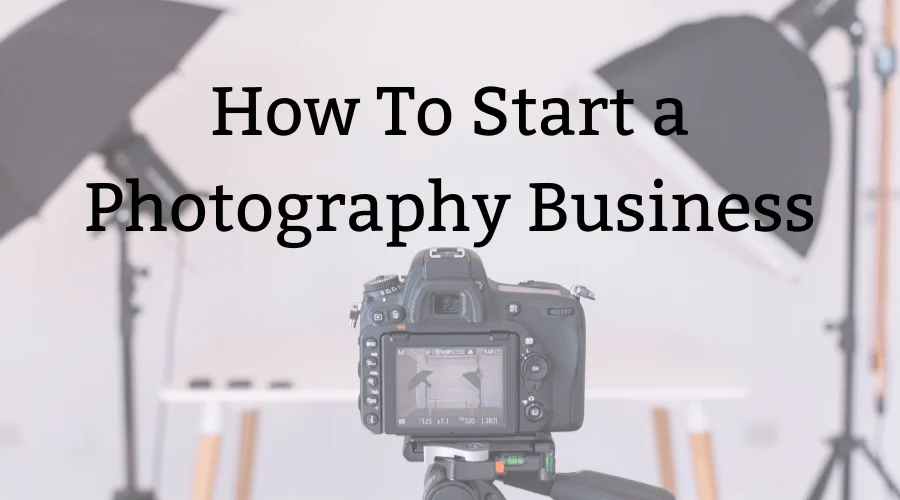Photography can be a profitable business. A professional photographer generates a handsome revenue. You can also earn money by selling photos. Now the question is how to start a photography business. In this article, we will give you step-by-step guidance so you can successfully start a photography business.
The booming of social media, e-commerce, and content marketing have all fueled demand for high-quality photographs. Companies are hiring professional photographers to create promotional materials. Meanwhile, people buy high-quality photographs for different. It is like buying an artwork from a reputed artist.
However, building a thriving photography business requires a strategic approach. The first step is finding a niche. In the process, you have to learn skills for client management. Here we are going to learn everything about starting a photography business.
How To Start A Photography Business?
Let’s learn about the simple steps to plan your photography business:
01. Select A Niche

Choosing a niche is the first step for starting every type of business. You will find different photography business ideas. But, you have to choose the one in which your work will stand out from the crowd.
A targeted niche attracts clients seeking photographers with expertise in their desired style. Additionally, niche photographers can charge higher rates as they have specialized knowledge and experience in this field.
Here is How You Can Choose Your Niche
Follow your passion. You are in the photography industry, which means, you have followed your dream and have come to the industry to flourish your photography identity. Now find the kind of photography that excites you. If you love wedding photography, you can work on it.
On the other hand, if you love to capture the raw beauty of nature or the intricate details of products, you can take one of them as your niche. Then evaluate your skill. Point out your strengths and weaknesses in the niche. Select a niche in which you can flourish with your skills.
Then work on your weaknesses to suppress your competitors. Then conduct deep research on your competitors in the niche. Find out the gaps that you can fill. Learn about their pricing structures and client service policy. Make them better for your clients.
Some Ideas for Photography Niches
- Portrait photography: Portrait photographers capture family portraits, professional headshots, or other types of portraits.
- Events photography: Event photographers capture photos of events like weddings, concerts, corporate events, and graduations.
- Product photography: This includes product photography like food photography, fashion photography, and product catalogs for e-commerce businesses.
- Real Estate Photography: Real estate photographers capture high-quality real estate photos. They focus on showcasing the architectural beauty of the buildings.
- Travel photography: This is one of the famous photography genres. If you love traveling, this would be the best option for you.
So, start with choosing the right niche. After you have selected the right niche we are good to go to the next step.
02. Build Your Skill
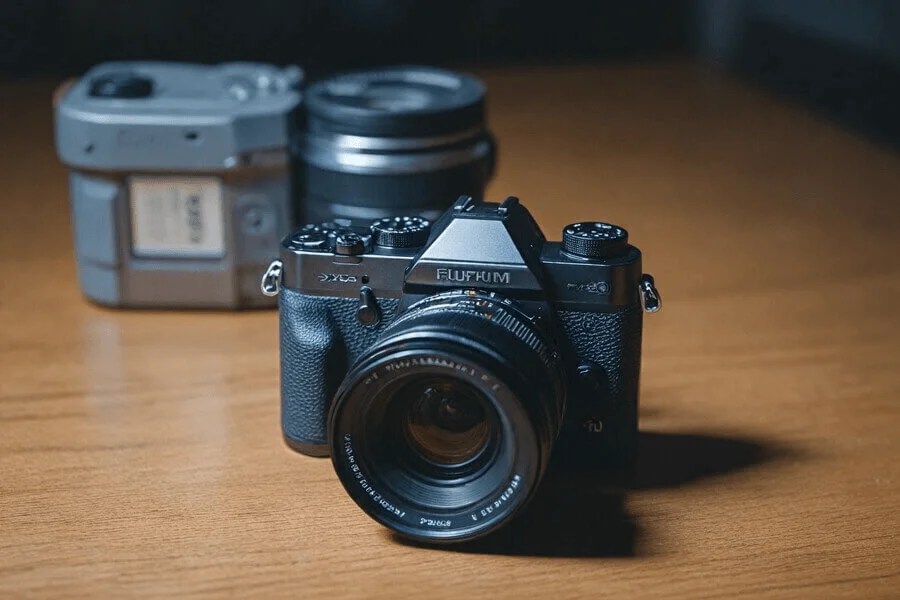
Now that you have chosen your niche, it is time to improve your skills and set up an example. Skill is the thing that will make you stand out in your field. Meanwhile, the field of photography is evolving at a great pace. Now people want to see uniqueness in your work. That’s why the successful photographers are lifelong learners.
Treat it as a journey that has no destination. All you will get is absolute happiness. So, dedicate a certain time of your day to improving your techniques. You can learn the technical skills of photography from different sources. Numerous online platforms offer photography courses. You can enroll in a course to improve your skill levels.
Also, you can follow the famous photographers of your niche. Study their works and try to understand the techniques. Then master those techniques by practicing. Don’t wait for paying clients to hone your skills.
Remember if you want to get paid, you must hone the skills yourself. Undertake personal projects that allow you to experiment, style, and push your creative boundaries.
03. Building Business Structure and Legalities

Now it is time to build a solid foundation for your business. You must learn how to start a photography business legally. You have to create a legal and business structure to start the photography business. What kind of business structure you should choose for the photography business?
The simplest and most common option is sole partnership. Here you will enjoy all the profits as well as you will bear all the losses. However, it offers limited liability protection. Again, you can go for the Limited Liability Company (LLC) model. It offers more liability protection and creates a separate legal entity from yourself.
However, choosing a business structure depends on the business size and its growth potential. An LLC provides a better structure for larger businesses. If you are thinking about a large photography business where you will have a huge database. So, you will need different departments to run the business. Here LLC can be an option.
Meanwhile, sole partnerships are easier and cheaper to set up. Then file for a photography business license to avoid any complexity with the government. Check with your local government for specific requirements.
04. Budgeting and Pricing Strategy
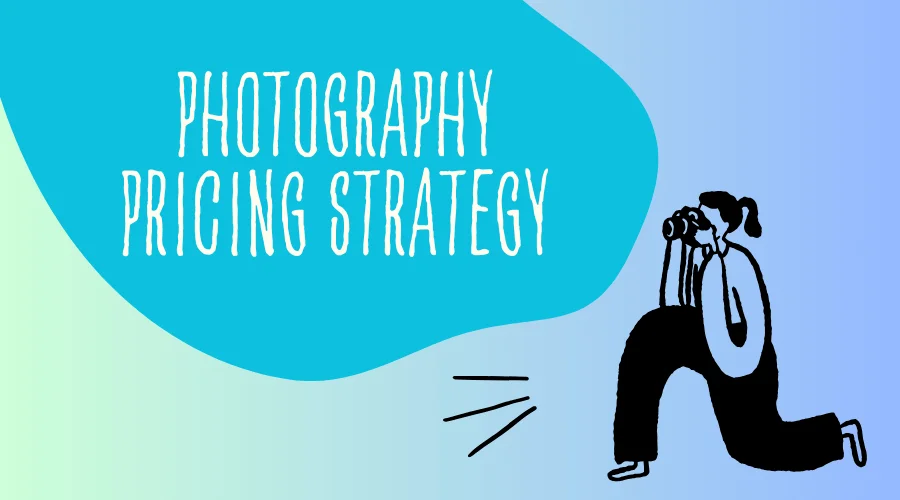
Calculating the total budget and pricing strategy is key to a profitable business. Start with identifying the startup costs. List all the expenses including camera equipment, lighting equipment, software subscriptions, website maintenance, and marketing costs.
Then research the pricing policy of the competitors. Calculate the minimum revenue needed to sustain your business. Thus you can balance between your desired income level and the costs.
To develop your pricing strategy, you have to know your value. Your experience, skill level, and the quality of your work are the factors to determine your value. Remember, do not undersell yourself. Again do not set a higher price than the competitors. That’s why, analyzing the pricing structures of established photographers in your niche is essential.
You can calculate your total costs (including salary). Then add a desired profit margin to determine your base price per session or project. Regularly review your pricing. As your experience grows and your business evolves, adjust your pricing accordingly.
05. Branding and Marketing
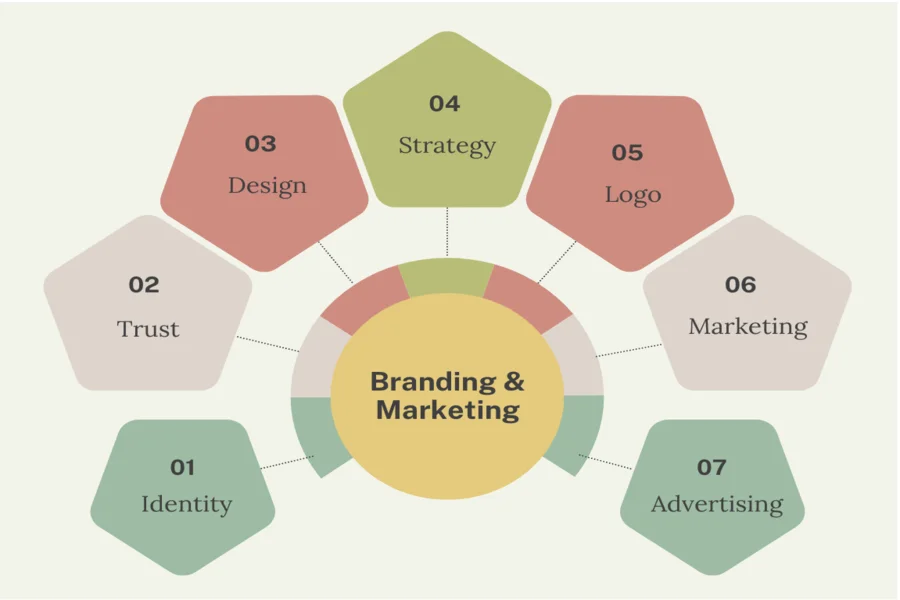
Branding and marketing is a crucial step in the photography business. You need a strong online presence to make people purchase your photos. In today’s digital world, you can attract customers without an effective marketing strategy. Establishing yourself as a photographer is nothing but building your brand.
To develop your brand identity find out the style that sets your photography apart. Is it your use of light, vibrant color palettes, or a documentary approach that makes your photos stand out in the crowd? When you define your style, it will guide your branding decisions.
Create a logo, color scheme, and typography that reflect your style. Your clients are going to recognize your brand with these elements.
Be consistent with your identity across your website, social media, and marketing materials. Now craft a story for your brand. Tell your story as a photographer. Share your journey as a photographer. It connects you with potential clients on a deeper level.
Try to connect with potential clients by building networking. Network with other creatives, wedding vendors, event planners, and potential clients in your niche. Build a relationship with them and share about your services.
06. Building Your Online Presence
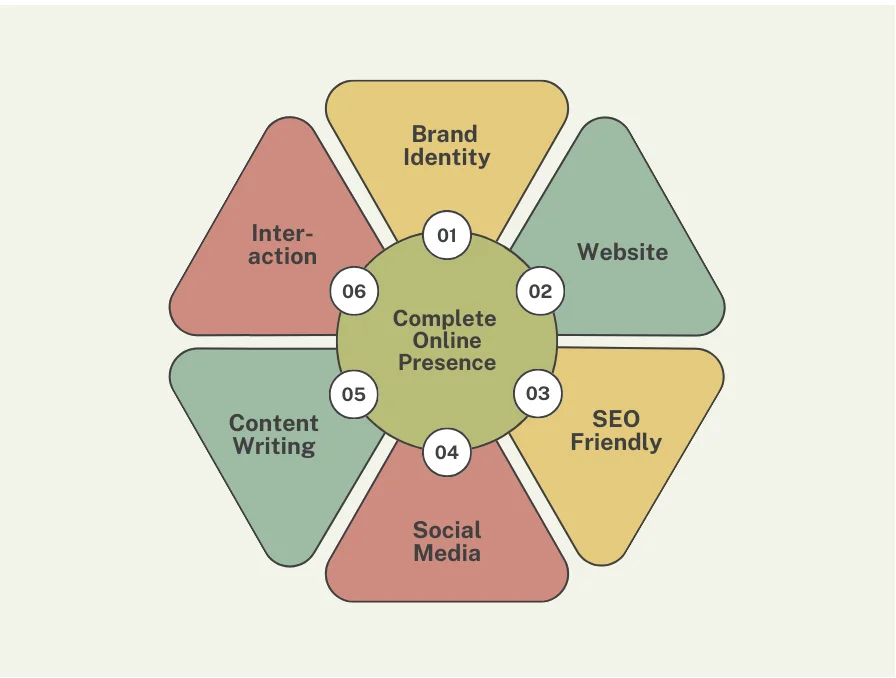
First and foremost, you need a professional website to showcase your photos and sell them online. So, hire a professional photography website developer. Then engage in the social media platforms. Maintain active social media profiles on platforms frequented by your target audience.
Share high-quality photos and engage with followers. You can also share behind-the-scenes stories to engage audiences with your posts. Then optimize your website with professional SEO experts. They will help you get higher ranks in the search engines.
07. Client Management and Delivering Value

In any type of business, client satisfaction helps you create a potential customer base. When you take on a project, be clear and concise in formalizing your agreements. Discuss the deliverables, pricing, payment terms, and cancellation policies. Maintain consistent communication throughout the project. try to update the clients on the progress.
Preparation is the key. Make your clients feel comfortable and guide them through the process. Also, have a well-defined workflow to make sure your every step is going in the right direction.
Top 5 Platforms to Sell Photographs
You can showcase your photos on your website. But some websites offer you to showcase your photos and sell them. Let’s learn about the top 5 websites for selling photographs.
01. Adobe Stock

Adobe Stock is a popular photo-selling platform. It is a stock photo site that allows you to display your photos. Clients from all over the world purchase these photos to use them for different purposes. Adobe Stock offers different royalty rates depending on your contribution volume.
02. Shutterstock
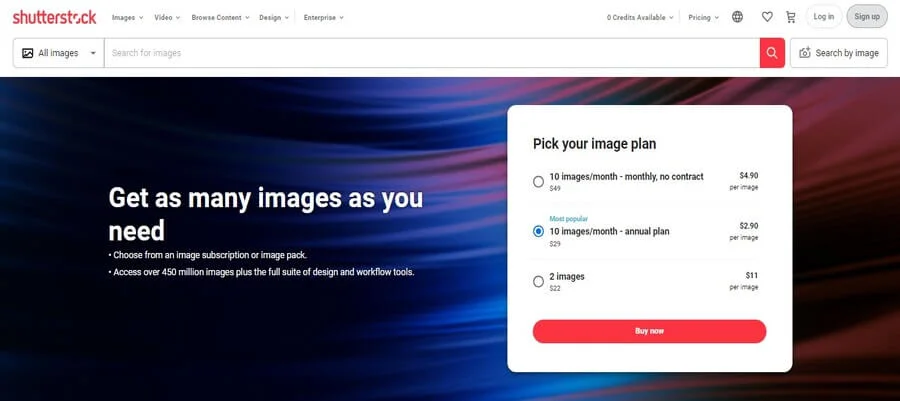
Shutterstock is another popular stock photo site. It is a well-known website where photographers sell their photos. Shutterstock has been in this field from the beginning of the stock photo platforms. From the beginning of its journey, it has been a trusted and established choice for photographers. Additionally, you will get a microstock licensing model. Here photos are sold for a lower price and with non-exclusive rights.
03. Alamy

Alamy started its journey in 1999 as a stock photo agency. They offer a 50% royalty rate on each photo sold. It is a competitive rate in this industry. Interestingly, Alamy offers a non-exclusive licensing model. So, you can sell your photos on Alamy and other platforms simultaneously. Thus you can maximize your earnings.
04. Etsy

Etsy is a popular marketplace for selling handmade goods. However, it also allows photographers to sell their photos. You can sell high-resolution JPG or PNG files of your photos. The buyers use them for printing, framing, creating digital art projects, or other creative uses. As Etsy has a large and active user base, it facilitates reaching boarder audiences. Thus the chances of selling the photos increased.
05. SmugMug

SmugMug is a platform designed for the photographers. They use this platform to store, share, and sell their work. You can use SmugMug to Store your entire photo library. Additionally, it offers client management tools. You can share the private galleries with clients and grant them access to specific photos.
FAQ | Photography Business Guide
How Do I Start As A Beginner Photographer?
First of all, you need some high-quality gear to start professional photography. Then learn the basics of photography like lighting and composition. Follow the blogs of famous photographers and learn about their techniques. Then comes the practice session. Practice, practice, and practice until you get your desired result.
What is ISO in Photography?
ISO is a measure of sensitivity in photography, The full meaning of ISO is International Organization for Standardization. Higher ISO allows to capture higher amount of light. That’s why photographers experiment with ISO to capture a photo in the best possible light.
How Much Does It Cost to Start A Photography Business?
It depends on your niche, location, equipment cost, website building, and hosting costs. With a basic setup, you could potentially launch a photography business for as low as $2,000. However, a more realistic range for many starting photographers is between $5,000 and $15,000.
Final Thoughts | Photography Business
So, this is how you can start your photography business. However, this field is evolving at a great pace. To cope with this dynamic industry, you have to keep a close eye on the competitors. Give proper time to research your niche. Hire experts for website design, SEO, and marketing. They will help you to build a professional online presence.
Meanwhile, photo editing is closely related to photography. Many photographers can not take the best shot thinking about perfection. But you can bring perfection to the photos by editing them professionally.
The professionals from the Graphics Cycle are here to make your raw photos eye-catching. You just focus on creating an amazing composition and we will improve its overall appearance, So, get a free quote now.










